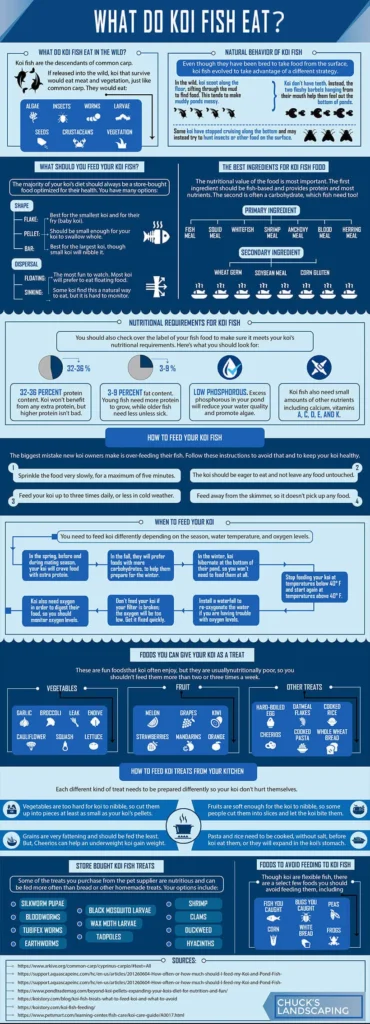
Koi fish, renowned for their stunning colors and elegant movements in ornamental ponds, often spark curiosity about their edibility. While generally considered safe for consumption, it’s crucial to understand the potential risks associated with eating koi. This article delves into the safety of consuming koi fish, exploring the factors that influence their safety and providing a comprehensive guide on sourcing them responsibly.
This article will examine the potential health risks associated with eating koi, discuss how toxins can accumulate in their bodies, and provide essential tips for sourcing safe and healthy koi for consumption.
Koi Fish Safety
Koi fish belong to the Cyprinidae family, which includes other edible species like carp. They are primarily herbivores, feeding on algae, plants, and insects found in ponds and lakes. This diet contributes to their generally safe status for human consumption. However, it’s important to remember that koi, like any other animal raised in an aquatic environment, can be susceptible to parasites and diseases.
Proper handling and cooking are essential to minimize the risk of foodborne illnesses. Always ensure koi fish are thoroughly cooked before consumption, reaching an internal temperature of at least 145°F (63°C). This helps eliminate any potential parasites or bacteria that may be present. Additionally, practice good hygiene when handling raw koi, washing your hands and surfaces thoroughly to prevent cross-contamination.
Toxin Accumulation
One of the primary concerns regarding eating koi fish is their potential to accumulate toxins from their environment. Koi are filter feeders, meaning they consume large amounts of water along with their food. This can lead to the ingestion of pollutants, heavy metals, pesticides, and other harmful substances present in aquatic ecosystems.
The accumulation of these toxins in koi’s tissues can pose a significant health risk to humans who consume them. Heavy metals like mercury and lead can cause neurological damage, while pesticides can disrupt endocrine function and increase the risk of certain cancers. Therefore, it is crucial to source koi from reputable suppliers who prioritize environmental sustainability and responsible farming practices.
Factors Influencing Toxin Accumulation
Several factors influence the level of toxin accumulation in koi fish:
- Water Quality: Koi raised in polluted water bodies are more likely to accumulate toxins.
- Feeding Practices: The type of food provided to koi can impact toxin levels. Organic, sustainable feed options are preferable.
- Farming Practices: Responsible farming practices, such as regular water testing and monitoring, can help minimize toxin exposure.
Health Risks
Consuming koi fish contaminated with toxins can lead to various health problems.
The severity of these risks depends on the type and amount of toxins ingested, as well as individual susceptibility. Some potential health risks associated with eating contaminated koi include:
- Neurological Damage: Heavy metals like mercury can damage the nervous system, leading to tremors, memory loss, and cognitive impairment.
- Endocrine Disruption: Pesticides and other endocrine disruptors can interfere with hormone production, potentially causing reproductive issues, developmental problems, and increased cancer risk.
- Gastrointestinal Issues: Consuming contaminated koi may lead to nausea, vomiting, diarrhea, and abdominal pain.
Sourcing Guide
Choosing the right source for your koi is crucial to ensure their safety and minimize potential health risks.
Reputable suppliers prioritize ethical farming practices, environmental sustainability, and the well-being of their fish. Look for suppliers who:
- Test Water Quality: Regularly monitor and test water quality to ensure it meets safe standards.
- Use Sustainable Feed: Provide koi with organic, sustainable feed options that minimize the risk of toxin accumulation.
- Practice Responsible Farming: Adhere to ethical farming practices that promote fish health and well-being.
Asking the Right Questions
When sourcing koi, don’t hesitate to ask suppliers about their practices:
- How is water quality monitored and maintained?
- What type of feed is provided to the koi?
- Are there any certifications or accreditations related to sustainable farming practices?
Reputable Suppliers
Finding a reputable supplier can be challenging, but it’s essential for ensuring the safety of your koi.
Here are some resources that can help you locate reliable suppliers:
- Local Fish Farmers: Connect with local fish farmers in your area who specialize in raising koi. They often have a strong reputation within their communities and prioritize ethical practices.
- Aquaculture Associations: Contact aquaculture associations or organizations dedicated to promoting sustainable aquaculture practices. They may have directories of reputable suppliers.
- Online Reviews: Research online reviews and testimonials from previous customers to gauge the reputation of different suppliers.
Conclusion
While koi fish are generally considered safe for consumption, it’s crucial to prioritize their safety by sourcing them responsibly and understanding the potential health risks associated with toxin accumulation. By choosing reputable suppliers who practice sustainable farming methods and adhering to proper handling and cooking guidelines, you can enjoy the unique flavor of koi while minimizing any potential health concerns.
